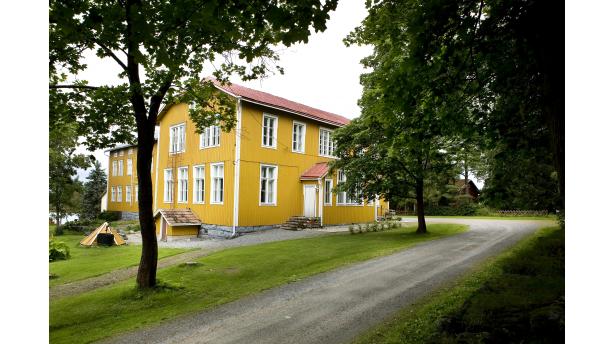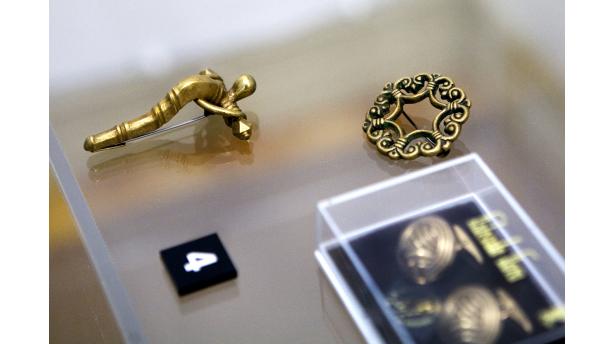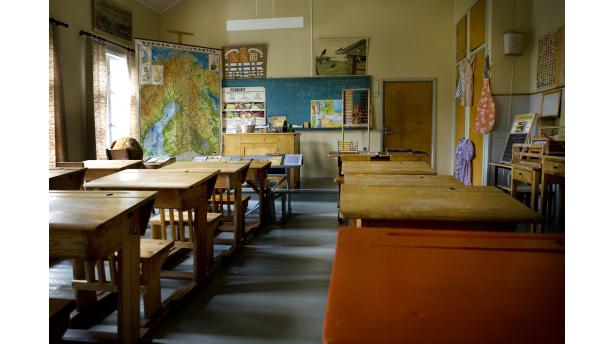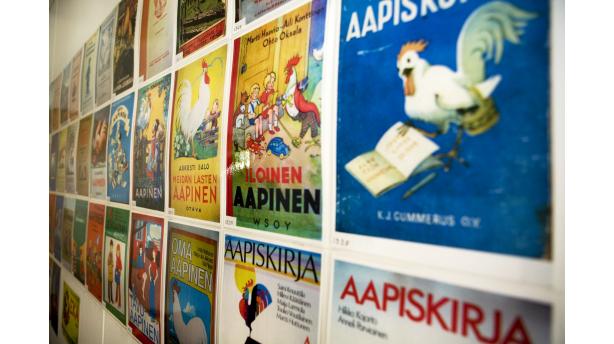Museum A-Ö » Religion and society » Savilahti School Museum
Savilahti School Museum




Did you know...
The amount of ancient graves in Vähäkyrö is among the largest in Finland.
The Savilahti school building is the oldest primary school in Ostrobothnia. Get acquainted with school life in the early 20th century or dive into the ancient time with the help of numerous Iron Age discoveries made in Vähäkyrö, such as the genuine Roman wine scoop.
The school building is located on a hill behind the church, and in the 1920s it was surrounded by a verdant garden. School teacher Selma Karhula farmed for instance plums, cherries and cabbage. The pupils were allowed to tend to the garden as part of the teaching. Household was namely an important component in the teaching.
On the upper floor is a classroom restored on the early 20th century model. Hanging on the walls are colourful illustrations and covers of school books, and the classroom is filled by wooden school desks and a large map of Finland. The previous gym is nowadays used as a ballroom, and it can also be rented for celebrations.
Several ancient discoveries have been made in Vähäkyrö. Grave heaps, money caches and jewellery have been found on the area. The discoveries as well as the art and handwork exhibitions are on display in the old school hall. The ancient jewellery of Vähäkyrö is world famous, as it has been the exemplar for the vintage line of Kalevala Jewelry.
One of the museum’s pearls is a Roman wine scoop dating back to the 2nd century. Crofter Jaakko Kalliola discovered the Iron Age wine scoop already in 1873 in a sandpit in Pääkköönmäki. The scoop’s journey from Italy to Vähäkyrö in the 4th century is a mystery, as a similar wine scoop hasn’t been discovered anywhere else in Scandinavia. In Vähäkyrö the wine scoop received a new assignment as part of a burial ritual. In those days the deceased were usually burned and the ashes were scattered under a heap of rocks together with one’s dearest items.



